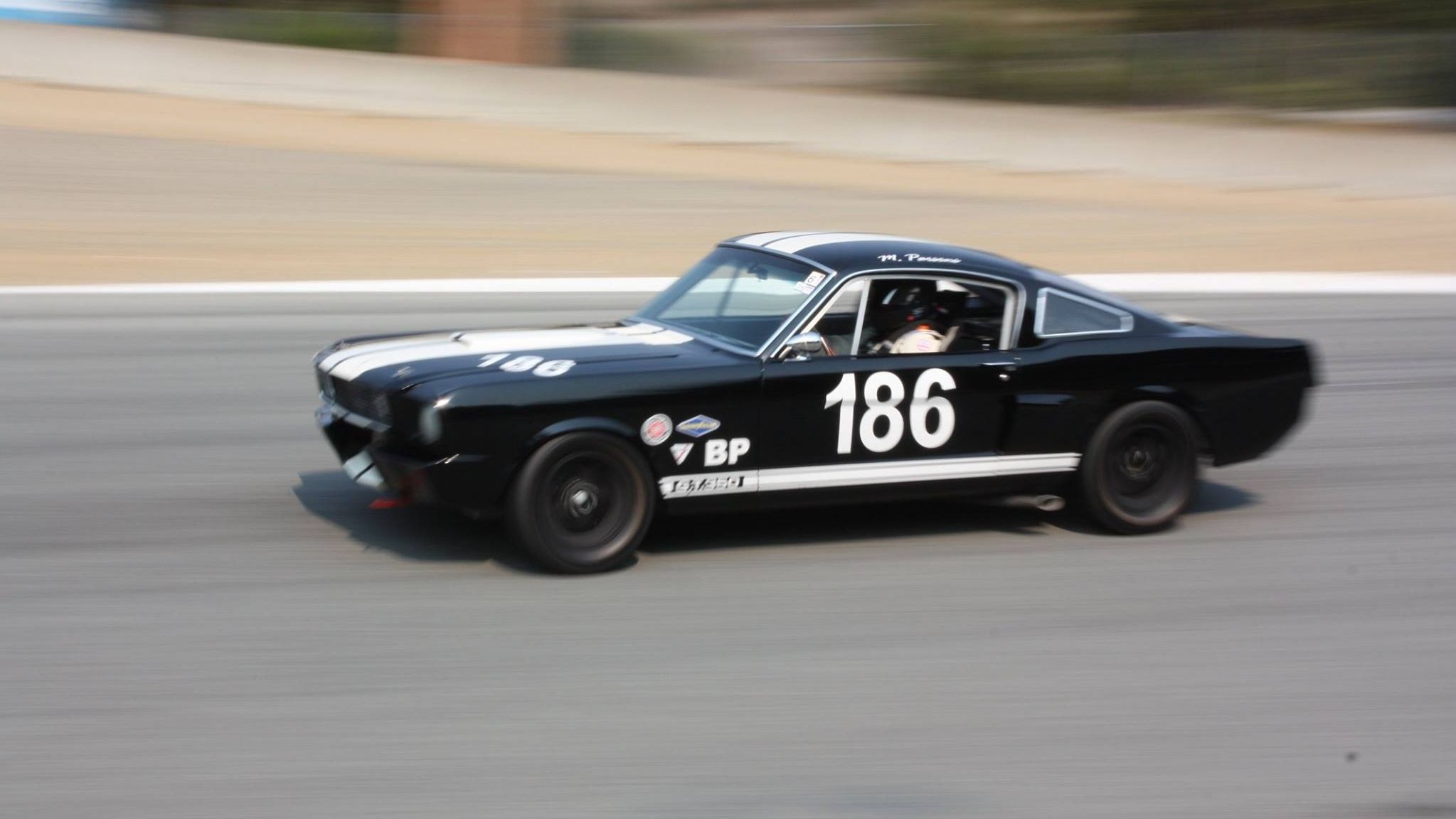For folks like you and me, Monterey Car Week is pure automotive nirvana. But out of all the awesome events on offer, there’s one that stands tall above the rest – the Motorsports Reunion at Laguna Seca. While the auctions are basically a battle of the bank accounts, and the car shows are all about which car has the most correct fuel filler cap, the Reunion is a true test of speed and agility. The pedigree on tap is legendary, but don’t think that equates to a humdrum pace around the track – these drivers really push, and it’s not uncommon to see some of these priceless machines eat the wall before the weekend is through. But, when it all goes according to plan, the result is magnificent, marvelous, and unforgettable.
This year, roughly 550 entries divided into 15 individual categories hit the track, ranging from a few 1911 Nationals, to a 1999 BMW V12 LMR. You can find more of the specifics in our event preview here, but if you wanna know what it was like to actually be there, read on.
Continue reading for the full story.
Arrival
After slogging my way through early morning traffic, I parked on one of the many dusty hills surrounding the track, finding a spot between a new Mustang Ford Shelby GT-H and a mid-2000’s Mini Cooper S. The sky overhead was still saturated with the typical Central Coast marine layer clouds, but slicing through the grey, I could hear it – high-strung internal combustion at full throttle. I rushed towards the front straight, where I found the open-top Sports Racing under 2,100 cc category (1970 to 1984) zooming across the start/finish line at speeds approaching 140 mph.
Pit Walk
Meandering through the pits, I found row upon row of historic competition vehicles in various states of race readiness. Bodywork off, carburetors getting last-minute adjustments, race slicks being mounted. The sound was chaotic, with the blasts of impact wrenches competing with idling engines breathing through muffler-free exhausts. An old Trans Am Mustang rumbled by, shaking my bones with its baritone side pipe. As I took it all in, a tow truck bearing a slightly dented Lotus in the back rolled slowly past amidst the wide-eyed onlookers. “Eh, it’ll buff out,” I heard someone say.
On Track
By the time I finally got to a corner, the morning grey had burned off, and temperatures started to rise. The speeds also seemed to climb, as evidenced by the high revs heard between Turn 4 and Turn 5.
From my vantage point outside Turn 5, it began to become obvious that the drivers weren’t holding too much back. I was there for practice and qualifying, but that didn’t stop the pilots behind the wheel from charging the corners with max attack.
Turn 5 leads to the first big climb up the hill, and it’s got a good amount of banking to it. The strategy here is to kind of chuck the car into the corner, betting on the banking to catch you so can carry as much speed as possible up the hill. The result is the car gets a little loose before the apex, and I got a nice earful as the cars headed towards Turn 6.
My next stop was Turn 8 – the infamous Corkscrew. I found a nice shady spot by the oak tree used as a reference point for the racing line, and took in the symphony as the cars slithered their way through.
By the time I got to Turn 9, the GT cars had been unleashed, plummeting down from the Corkscrew towards the apex like a roll of thunder that made my heart skip a beat.
However, the only category the truly terrified me were the Formula 1 cars. I tried to capture these things blasting away from the pits, but the sound was way too much for my little microphone to handle, and when it was all said and done, I couldn’t hear a thing on the right side of my head.
But that’s okay, because across my face was plastered an enormous grin.

